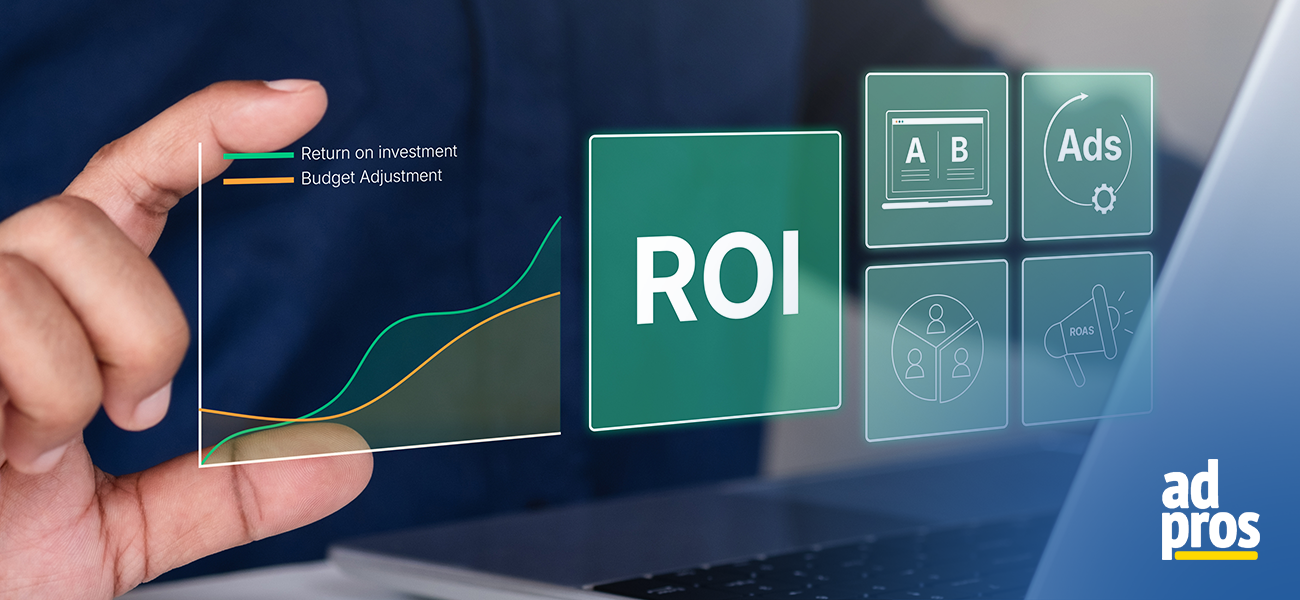Most conversion rate optimization (CRO) teams are working from a flawed playbook. If you’re chasing higher conversion rates as your main goal, you’re likely making decisions that limit your revenue growth—and, in some cases, cost you more than you realize.
It's time to recalibrate your CRO strategy to prioritize what matters: revenue and profit. After helping multiple ecommerce brands add $1M+ per month in new revenue, we’ve seen firsthand that CRO is essential—but only when you optimize the right metrics at the right level.
Below is a proven hierarchy that will drive actual growth and profitability for your ecommerce business.
Why Conversion Rate Alone Falls Short
At first glance, conversion rate seems like an obvious target. But focusing on this metric in isolation can mislead your team and skew your results. Here’s why:
- Small Volume, Skewed Results: Early tests with small traffic numbers can show artificially high conversion rates, but scaling usually brings those figures back down—or exposes them as statistical noise.
- High Conversion, Low Value: Boosting conversion with deep discounts or low-priced offers can lift conversion rates, but if average order value (AOV) drops, so does your customer’s lifetime value.
- Ignoring Margin: You might see a win on conversion rate and even revenue, but if you’re absorbing higher fulfillment costs or greater return rates, contribution margin—and real profit—can slide unnoticed.
In short, conversion rate is just a starting point. To build durable growth, you need a strategic hierarchy of CRO metrics.
The Hierarchy of CRO Metrics
We recommend a three-level approach to prioritizing the right outcomes from your optimization work:
1. Conversion Rate: The Baseline
Conversion rate remains a foundational metric because it tells you how well your site or offer converts traffic into customers. Use it to:
- Pinpoint issues in user experience or technical performance.
- Evaluate how well messaging aligns with visitor expectations.
- Track improvements from design or funnel changes.
But remember: conversion rate is a diagnostic, not your North Star.
2. Revenue Per Visit (RPV): The Growth Driver
Revenue per visit (RPV) is where things get interesting. This metric combines both your conversion rate and your average order value (AOV), showing the actual return per site visitor.
Why Optimize for RPV?
- Bundling and Upsells: Adding cross-sells, bundles, or higher ticket items may slightly lower conversion but increase total revenue.
- Profit Over Discounts: Instead of chasing conversions with discounts, focus on value per visitor. RPV prevents “leaky bucket” growth.
Practical Applications:
Test and optimize RPV when introducing:
- Product bundles or collections
- Tiered pricing strategies
- Upsell or cross-sell offers
- Free shipping thresholds
- Premium product positioning
Caveat: Some strategies intentionally lower RPV (e.g., free plus shipping offers or low-ticket acquisition). In these cases, your business model must support the decision with strong long-term customer value math.
3. Contribution Margin: The Profitability Benchmark
At the top of the hierarchy sits contribution margin per order—your true indicator of sustainable success. This is the profit you retain from each order after accounting for variable costs like:
- Cost of goods sold
- Shipping and handling
- Payment processing fees
- Customer service
- Returns or refunds
Measuring Profit Over Time
There are two vital timeframes:
- Day Zero Profitability: How much profit do you make at the moment of customer acquisition? This defines your near-term capacity to reinvest and grow.
- Long-Term LTV: What is the profit contribution over a set period (one, three, or more years)? This informs your strategy for scale and cash flow.
Top-performing teams set clear benchmarks for both, ensuring every optimization aligns with the broader financial picture.
Why Most Teams Miss This
Most CRO owners focus on funnel metrics and overlook true profit drivers. Optimizing contribution margin requires cross-functional alignment—with finance, operations, and customer support—since it reaches beyond the website and into the whole business.
Implementing the Hierarchy: A Step-by-Step Playbook
To set your team up for scalable, profitable growth, follow this framework:
- Audit Your Metrics: Ensure you can accurately track all three levels—conversion rate, RPV, and contribution margin—across your analytics stack.
- Establish Profit Benchmarks: Define your business’s time horizons for profitability (e.g., day zero, one year, or three years).
- Align Teams: Connect your CRO, finance, ops, and customer success teams so everyone is driving towards the same numbers.
- Iterate and Test: Design and execute experiments that optimize not only for quick wins but also for sustainable profit. Analyze how changes to product, offer, or UX affect every level of your hierarchy.
- Review Regularly: Revisit your benchmarks and update them as the business—and your customers—evolve.
Ready to Level Up Your CRO?
Sustainable growth isn’t about squeezing every last conversion from your website. It’s about optimizing for revenue and profit—at every stage of the customer journey.
Start by assessing where your optimization approach sits within this hierarchy. Then challenge your team to go deeper: build the infrastructure, analytics, and cross-functional mindset to climb the ladder—from conversion rate to RPV, and ultimately, to contribution margin and profit.
If your CRO team isn’t owning profit, you’re not truly optimizing for growth. Make the shift, and you’ll unlock both revenue and profitability—today and for the long term.
Meta title
Stop Optimizing for Conversion Rate (Track This Instead)
Meta description
Why optimizing for conversion rate alone hurts profitability. Learn the 3-level metric hierarchy that drives sustainable ecommerce growth.



